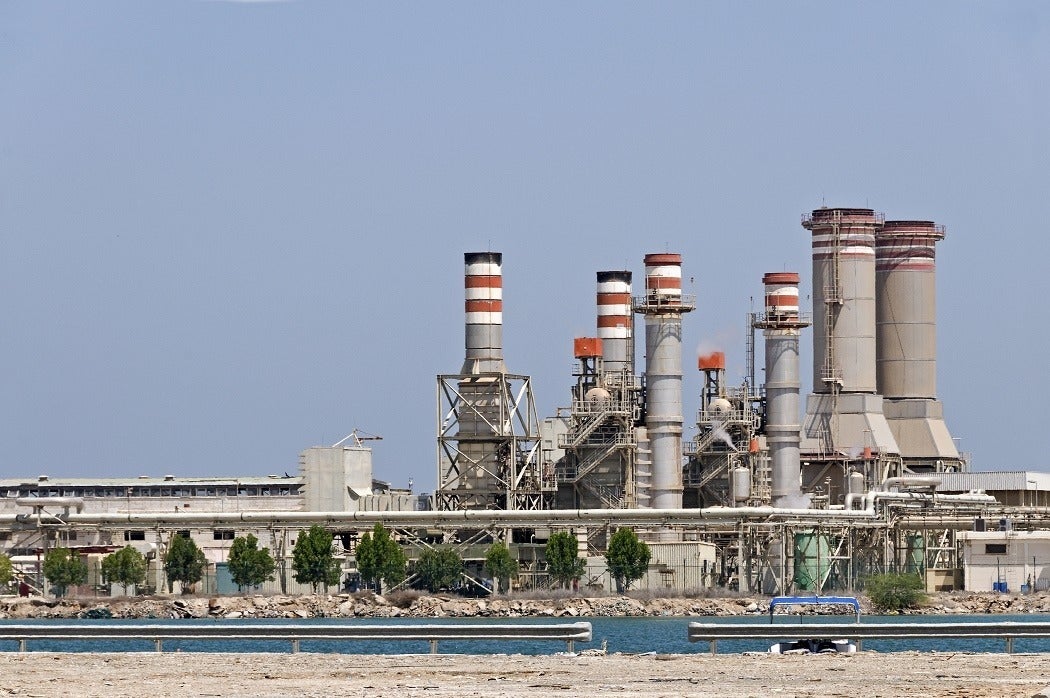In the fourth year of the California drought, desperate communities are turning to desalination (also known as “desalting”) as a drought-proof water source. As snowpack and groundwater become increasingly unreliable, some California communities believe that only the ocean remains as a viable source of water.
Several desalination plants were built during the last major drought, but eventually abandoned due to cost concerns (and the onset of rain). With dry conditions here to stay, desalination is back on the table. What are the possible consequences?
Current desalination technology has been around since 1964. The process requires an energy intensive reversal of the normal laws of osmosis. Typically, water will move across a membrane from low solute conditions to high solute conditions (i.e. water with a low salt concentration will flow into water with higher salt concentration when all else is equal.) To reverse the process, seawater must be forced at high pressure across a salt-trapping membrane from high to low salt concentration. Pressurizing enough water requires a great deal of energy. As most energy comes from fossil fuels, some people question the wisdom of obtaining water while worsening climate change, thus possibly contributing to more drought.
The other problem is effluent (outflow of liquid waste). It is not possible to capture all the water through this “reverse osmosis” mechanism, so the remaining water is pumped back out to sea as super-salty brine. In the early 1960s, a desalination plant operated in Point Loma, CA. This facility used a different process, but still produced concentrated brine as byproduct. A study found a reduction in marine life in the vicinity of the discharge pipes, and that both the salinity and the temperature (Point Loma produced hot brine) of the salty effluent were harmful.
The Point Loma study focused on intertidal life, but modern desalination plants release their brine further offshore, so the brine plume spreads across the ocean floor instead of the shore. The full impact of deepwater brine is still uncertain, but studies of naturally occurring brine pools in the Gulf of Mexico provide some cause for concern. Fish encountering these hypersaline pockets sometimes experienced disorientation due to sudden buoyancy changes. Confused fish, or those who may have had a flight reaction to swimming in areas tainted by hydrogen sulfide, dove deeper into the brine, exposing them to potential osmotic trauma or even death.
Weekly Digest
So is desalination a good idea? It has been used successfully in Israel and some Persian Gulf countries for years, but the environmental impacts and long-term viability remain unclear. Water obtained through desalination is not part of the regular water cycle, so at large scales it’s not inconceivable that the entire ocean will eventually be affected.
The bottom line? Proceed with caution. Retooling agriculture and urban landscapes to better fit a permanently limited water supply might be a safer place to start.
EDITOR’S NOTE: An earlier version of this story omitted information about modern desalination plants and brine plumes.







